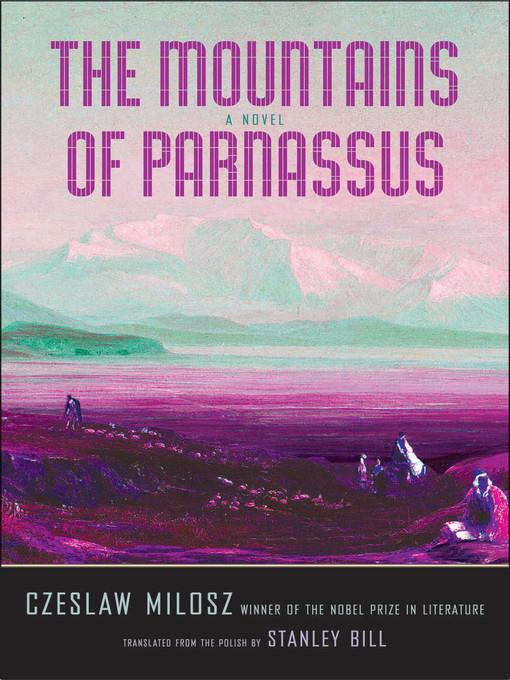
The Mountains of Parnassus
The Margellos World Republic of Letters
کتاب های مرتبط
- اطلاعات
- نقد و بررسی
- دیدگاه کاربران
نقد و بررسی

November 28, 2016
Lithuanian-born Nobel winner Miłosz, whose poetry chronicles historical calamities, left behind this curious work of previously unpublished science fiction speculating on future depredations. Languishing in Yale University’s Beinecke Library since 1972 (after Miłosz’s Polish editor declined to publish it), the often cryptic novel takes readers on a disjointed journey through a disenchanted world. Miłosz prefaces the novel with a self-deprecating rhetorical gesture, confessing himself “incapable of performing” the task at hand, before wondering whether he might have “stumbled upon an experimental genre in spite of myself.” This stated exploratory approach contrasts with the rigid, closed system the novel depicts, a society whose “atomized” citizens are incapable of imagining any alternative to the totalizing ideology of their rulers. Dissidents are “cocooned,” a preventative measure to stop subversive ideas from spreading, though the populace is largely docile anyway, having “swallowed a substantial dose of callousness and indifference.” Wars between various factions—the Botanists’ Union, the Astronauts’ Union—are referred to offhandedly; Miłosz’s interest lies not in sustained narratives but in the psychological conflicts of his four characters: a cardinal, a political exile, an elite astronaut, and a suicidal youth. They are reactionary rebels, some desperate to return to a time before “man... had lost his symbols,” others to an arcadian place, the (fictional) Parnassus Mountains, where inhabitants cling to the vestiges of the old life—its religion, poetry, art—that have vanished elsewhere. Hazily sketched though it may be, Miłosz’s futuristic landscape unsettles and captivates.

























دیدگاه کاربران